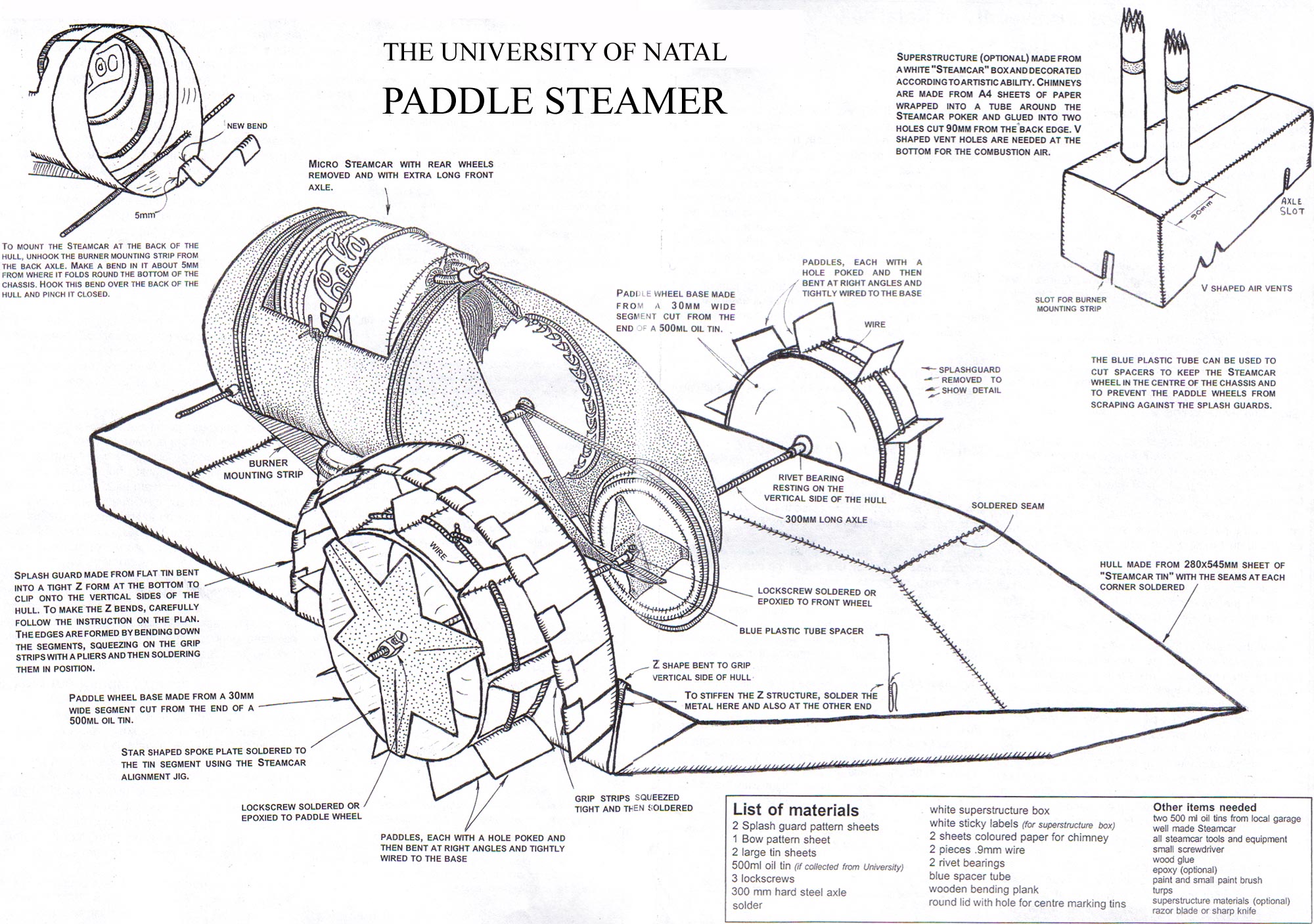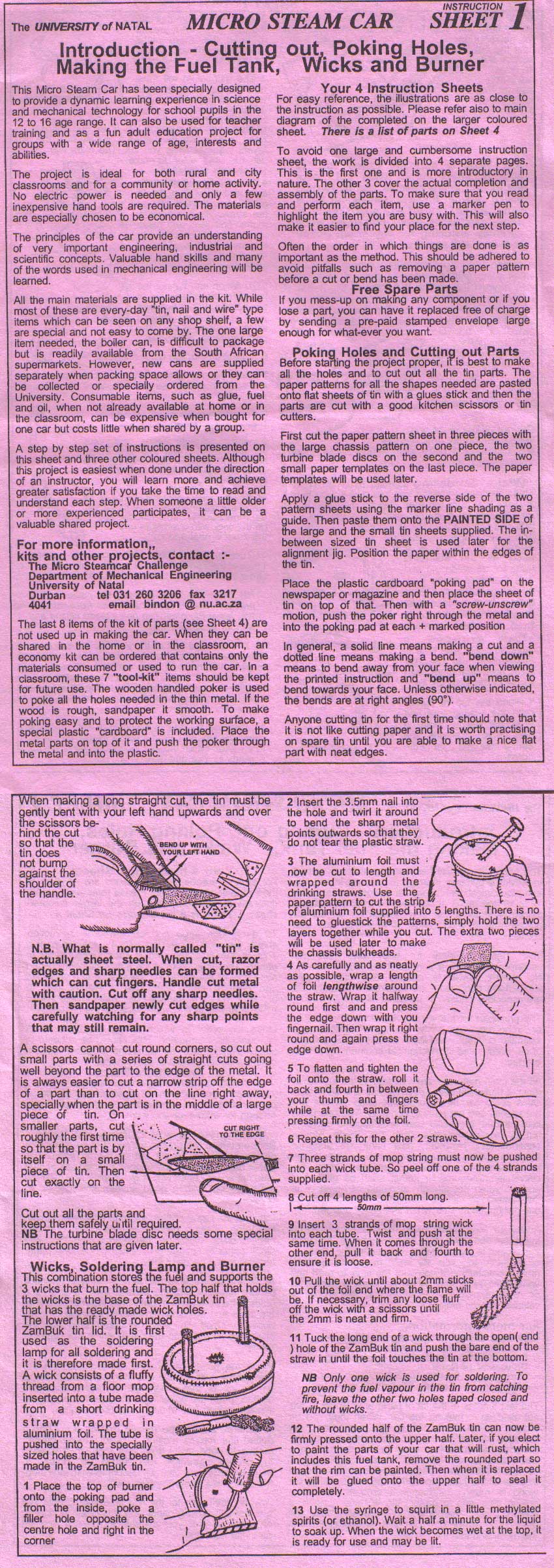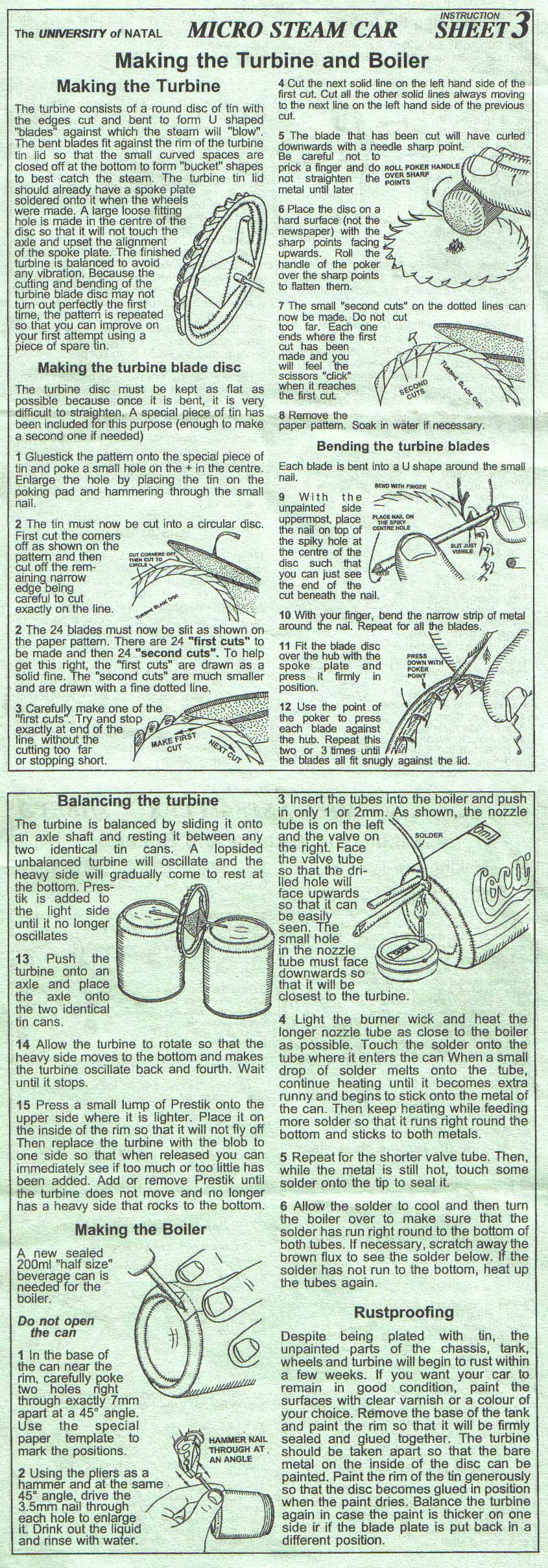steam turbine car
by Jeff Bindon
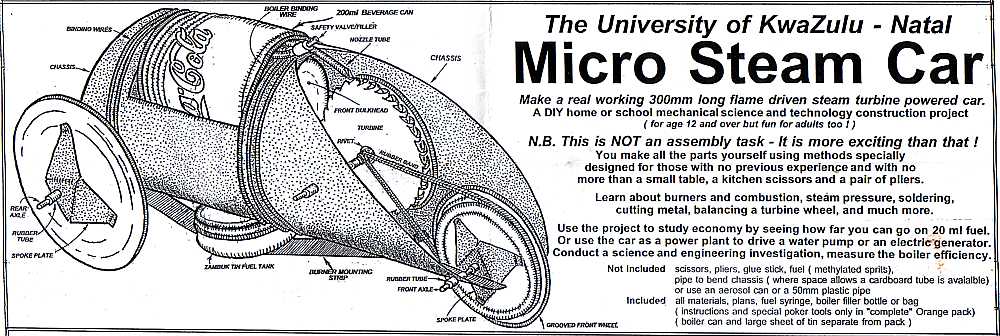
We live in a world dominated by machines. If something is not a machine, like a motor car,
a refrigerator or a sewing machine, then it is something that is made and processed by a
mechanical device, like the clothes we wear and the food we eat. Mechanical Science and
Technology is thus important. Exposure to it, at school and at home, is vital for
all young people as part of their education and the appreciation of the world around them.
It is also important to learn that science and engineering can be fun and exciting.
The presentation of something mechanical in a school or at home is difficult, particularly when
it comes to anything 'hands on' since specialist facilities and skilled instructors
are needed. The production of a machine requires powerful machine tools,
a wide range of hand tools, skilled technicians and expensive materials.
To translate even some of this into a classroom is expensive and requires a high entry
skill level of a participant.
When schools invest in this type of education, it unfortunately classifies
participants as inferior to the academic science streams and thus the gifted seldom
experience anything mechanical in their school career. To proceed with only theory is
dull and uninteresting. Real learning requires that both hand and mind be involved.
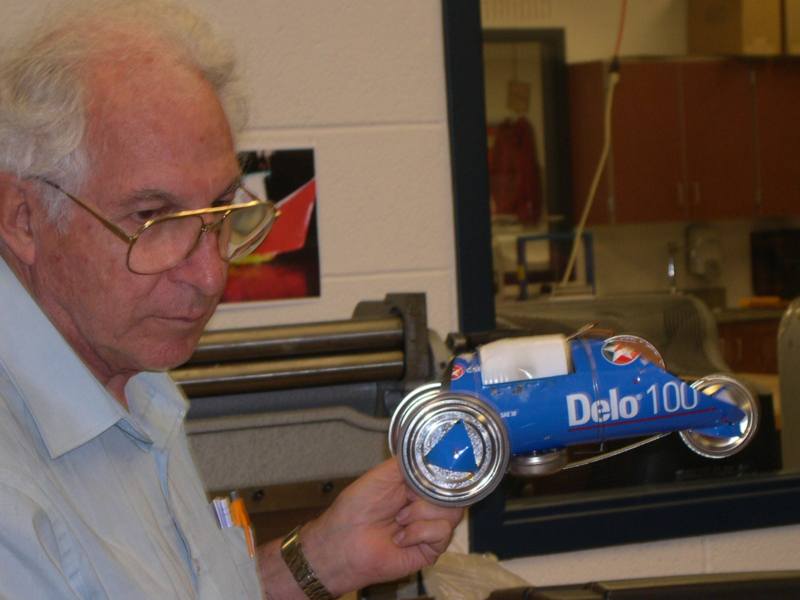
Since 1990, the Department of Mechanical Engineering at the University of Natal has been
involved in making Mechanical Science as easy as any other school subject. A series of
educational kits have been designed which enables mechanical science and technology
to enter the classroom and home. With only a pair of pliers and kitchen scissors
and the low cost kit of "tin" type materials, working self powered machines can be made
by anyone from 8 to 80 years old. No previous experience is needed.
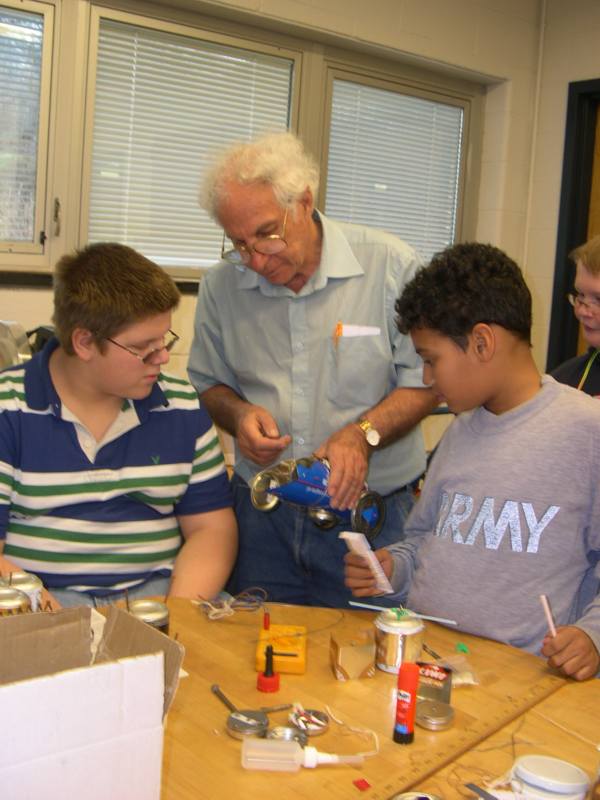
Participants are given an invaluable educational experience and are
exposed to every aspect of mechanical science, from the burning of fuel to the balancing
of a wheel while also becoming literate in the terminology of the subject.
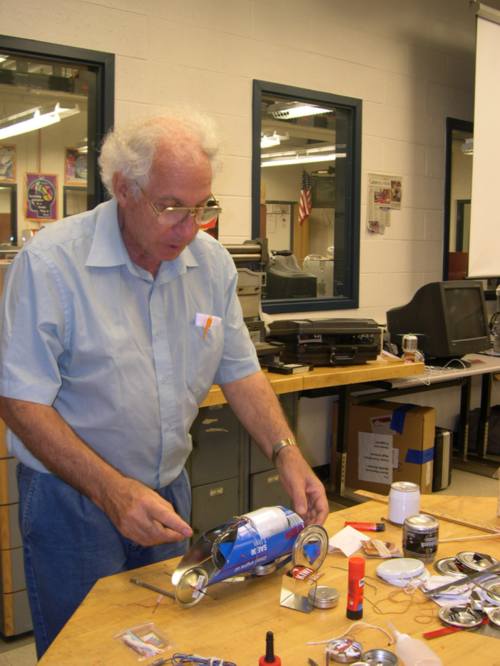
hero steam turbine

The Heros turbine consists of a beverage can steam boiler resting on a three-sided tin 'fire box'. It is heated from below by a methylated spirits flame burning from a wick pushed into a ZamBuk tin fuel tank. The wick is made from a fluffy mop string inside a drinking straw which is wrapped in aluminium foil to prevent it from melting. On top of the boiler is a rotor made from plastic cotton bud tubes pushed into a fish tank T piece. It spins on a short length of cotton bud tube inserted tightly into the top of the boiler.
Hero of Alexandria (Alexandria was then a Greek state), lived from about AD 20 to AD 100. He was a scientist, mathematician and engineer and wrote many learned books, on geometry and machinery.
An example is "Pneumatica", a two volume description of siphons, fountains, slot machines, fire engines, water driven organs and of course, the steam driven turbine. Whether he invented the turbine that now bears his name, or whether he even made any, are not known. But it appears in his books and perhaps if the dark ages had not put an end to progress, his contributions could have powered the industrial revolution 1500 years earlier.
How the turbine works
The formation of steam
When water is heated it gradually gets hotter (the temperature increases). When it reaches the boiling point (100 degrees Centigrade at sea level air pressure) it begins to turn into bubbles of steam (ie a vapour or a "gas"). The temperature will now stop increasing and will stay at the boiling point. The heat that is now added is called "latent heat", or the "heat of vapourisation" and does not make the water "hotter" but is actually used to convert the liquid into gas.
It is also very important to realise that steam is 1700 time larger than water. Imagine trying to leave the kitchen if eating your breakfast made you swell up until you were 1700 times larger! You would fill the whole room and would find yourself being squeezed out of the doors and windows.
That is what happens to steam, it has to try and get out of the container or boiler. If the lid is open, the steam simply wafts out. But if the lid is closed, the pressure of the steam will push the lid up until it opens just enough for the steam to leak out. If the lid is tightly held down, the pressure will get higher and higher until something gives way, either the lid is blown off or the boiler explodes.
How a jet or a nozzle works
If there is a small hole in the boiler, the pressure will only increase until the steam jets out of the hole just fast enough to exactly balance the amount of steam being boiled by the flame. The smaller the hole, the higher the pressure will become and the faster the jet will be. But why does a higher pressure cause a faster jet ? This is the same as asking why does air come out of your mouth faster when you increase the pressure in your lungs and "blow harder". Lets look at a diagram of a nozzle.

Inside the nozzle there is a high pressure and outside the nozzle there is only the low pressure of the atmosphere. The high pressure means that a large force is exerted on the air or steam on the inside and only a small force is exerted at the other end. The difference between the two forces accelarates the fluid as it moves through the nozzle. Of course, the higher the pressure, the greater the accelaration and speed.
We have seen that the pressure of steam will get higher until it jets out just fast enough to balance the amount of steam that is boiled. But this is not the whole story because as the pressure rises the steam also becomes denser, ie each each cubic millimetre weighs more & more. Thus not only does the nozzle jet faster but the steam becomes heavier as well and it is the combination of the two things that balances the nozzle flow with the amount of steam evaporated.
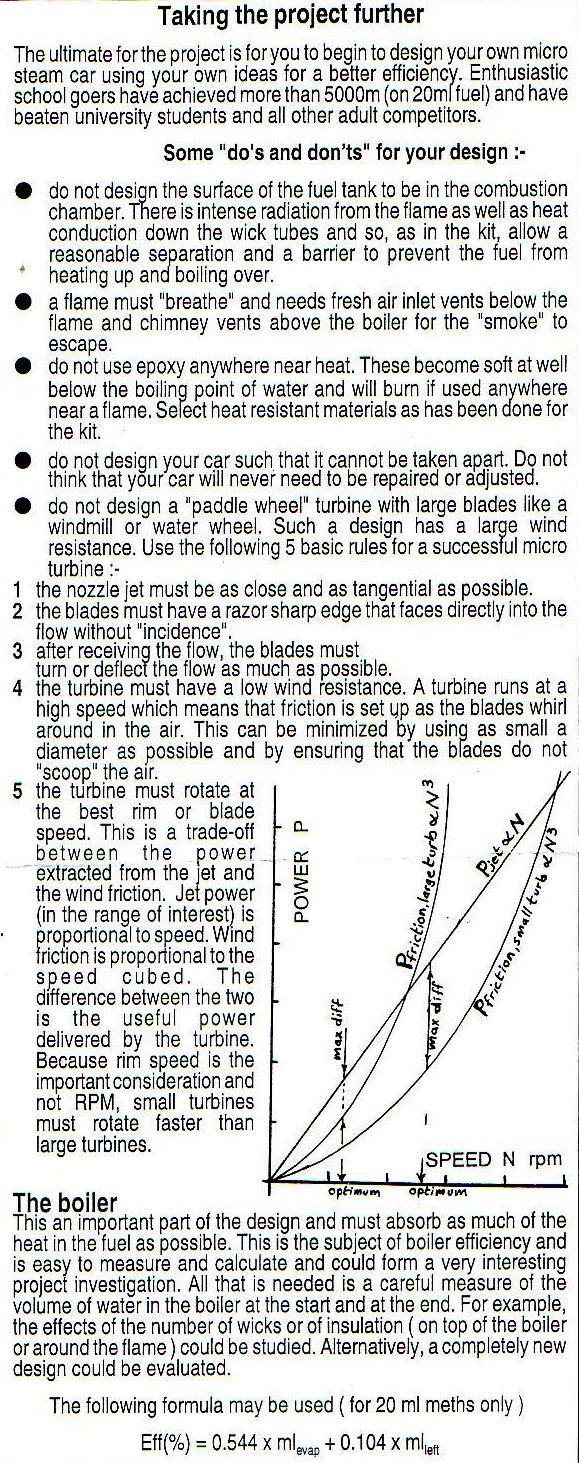
This is a hero turbine made from a light bulb. Light bulbs make very good boilers.

read about hero of alexandria
